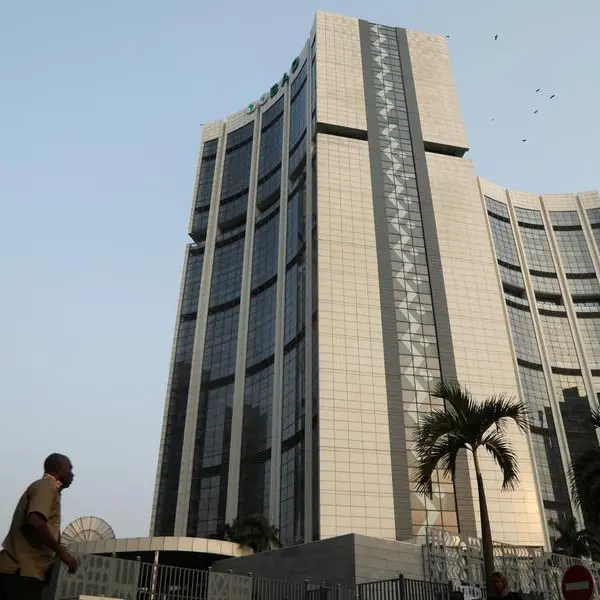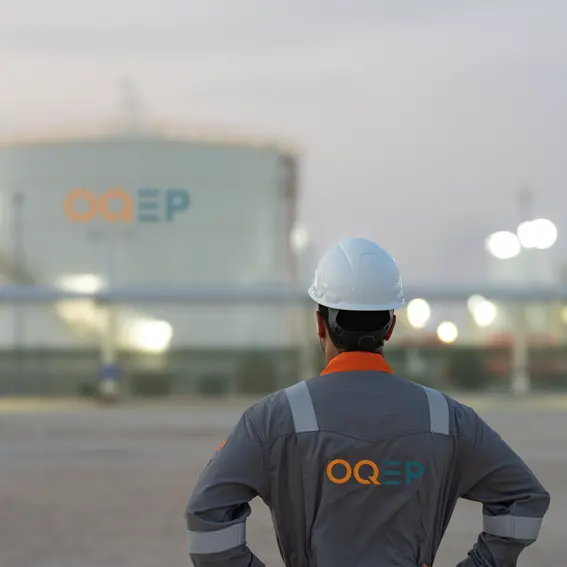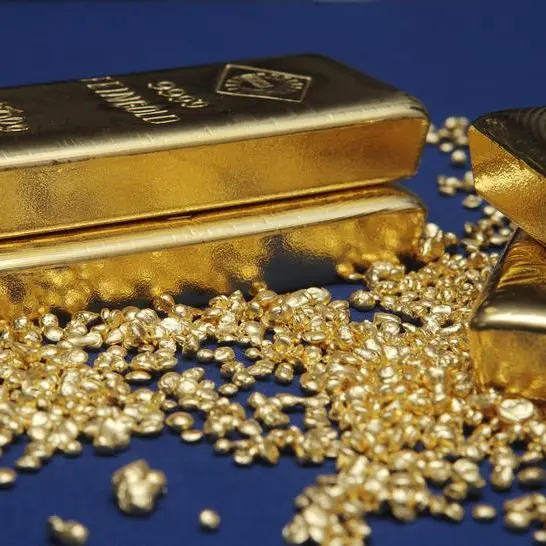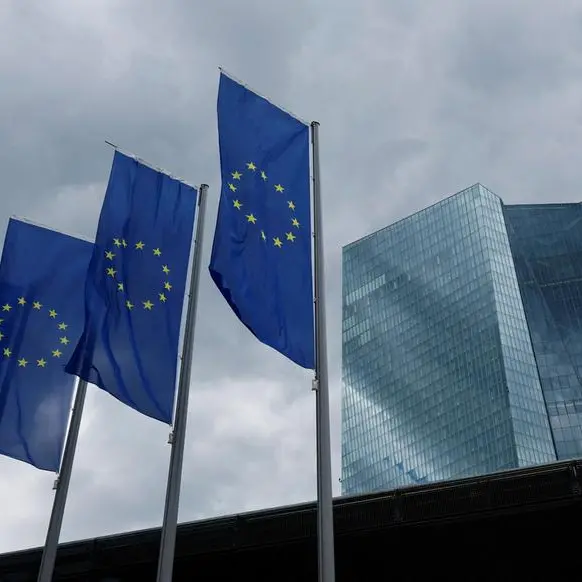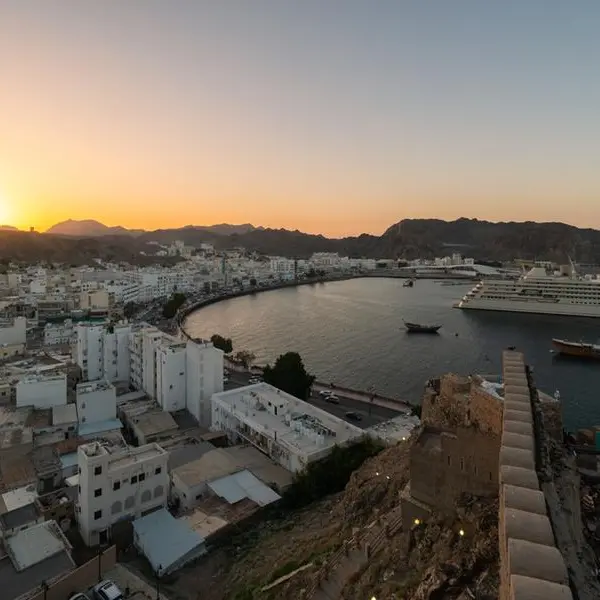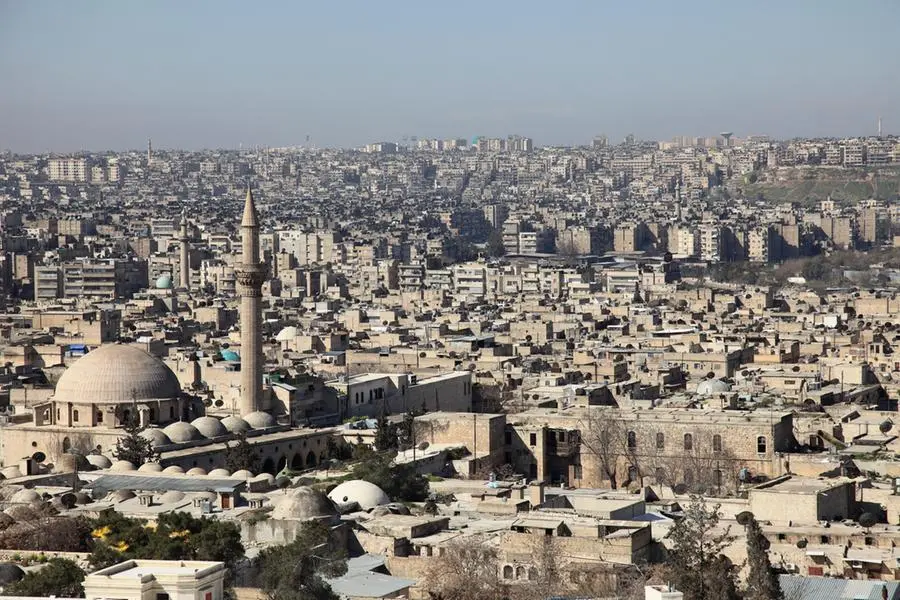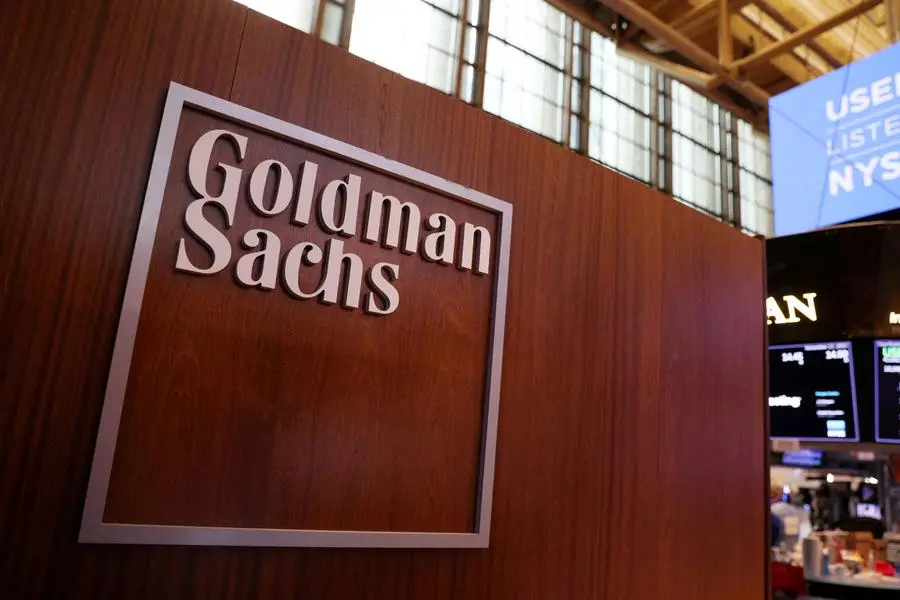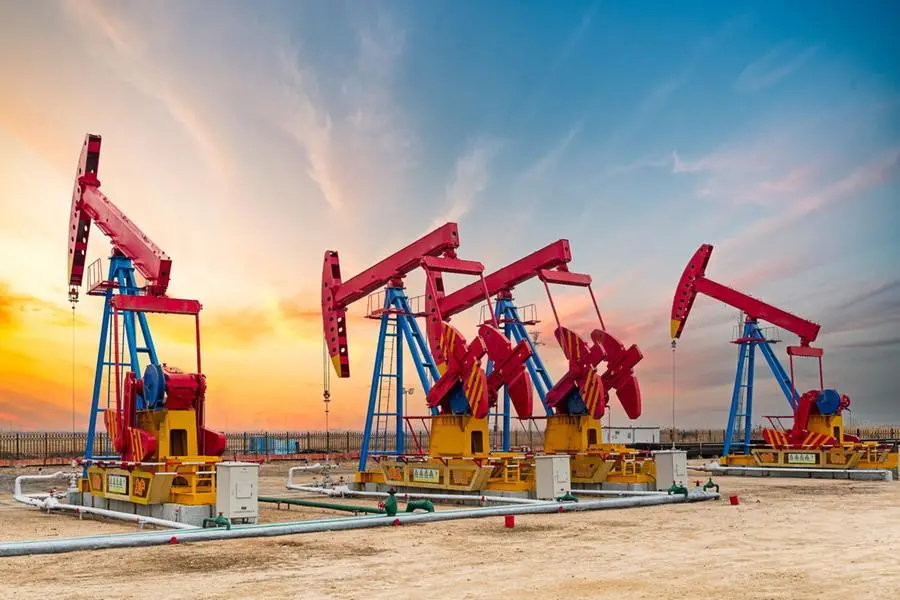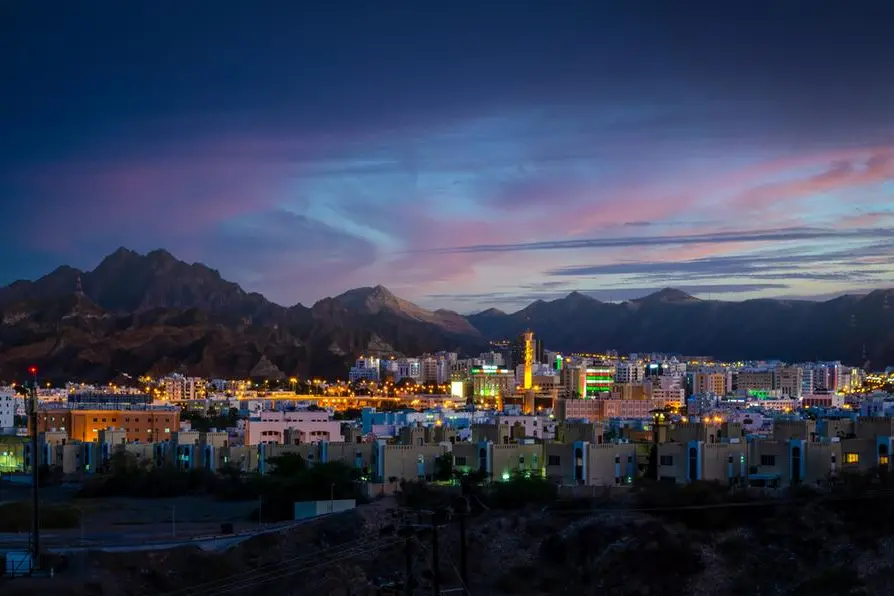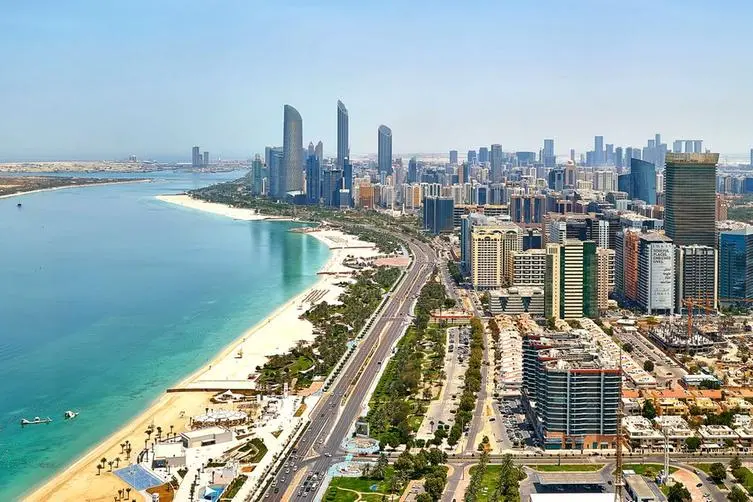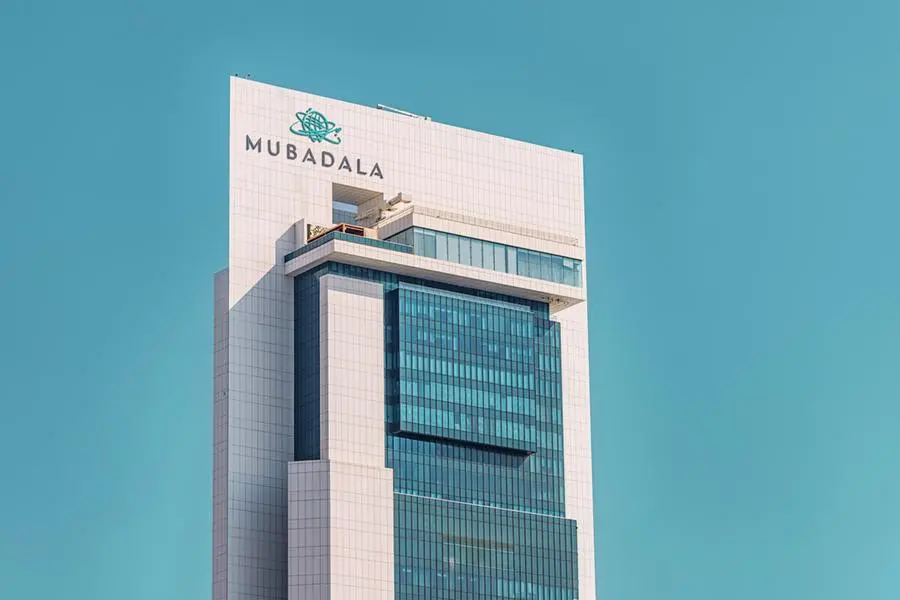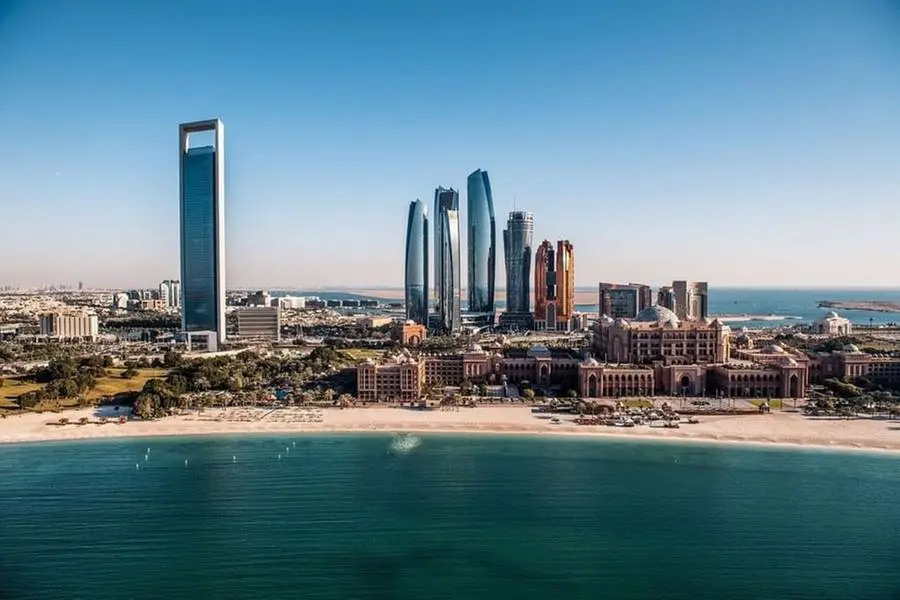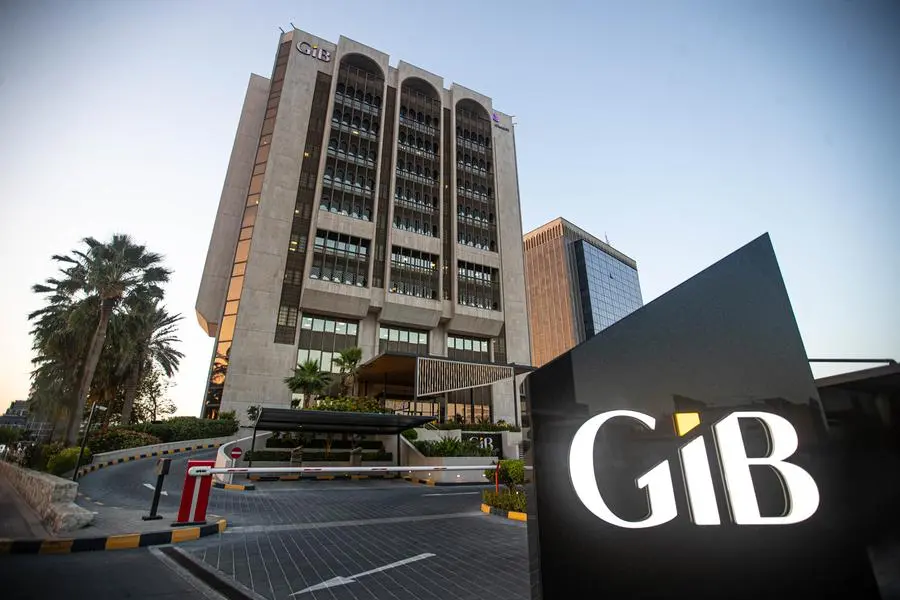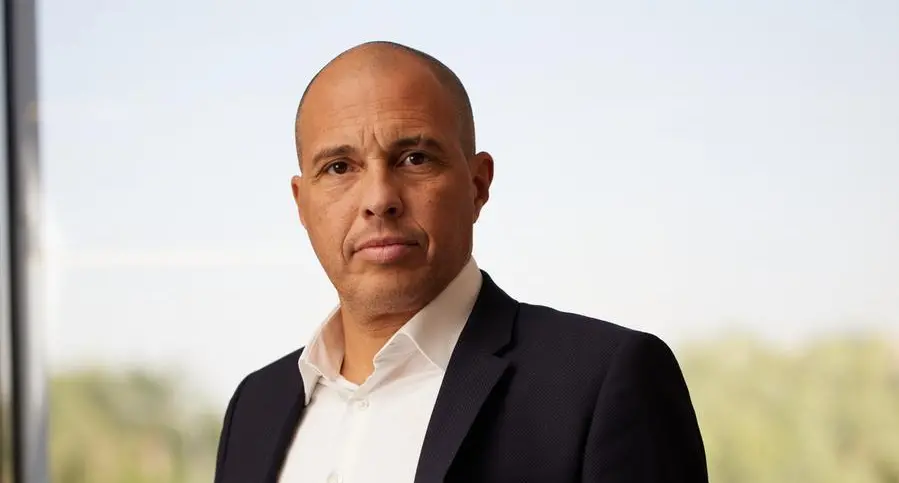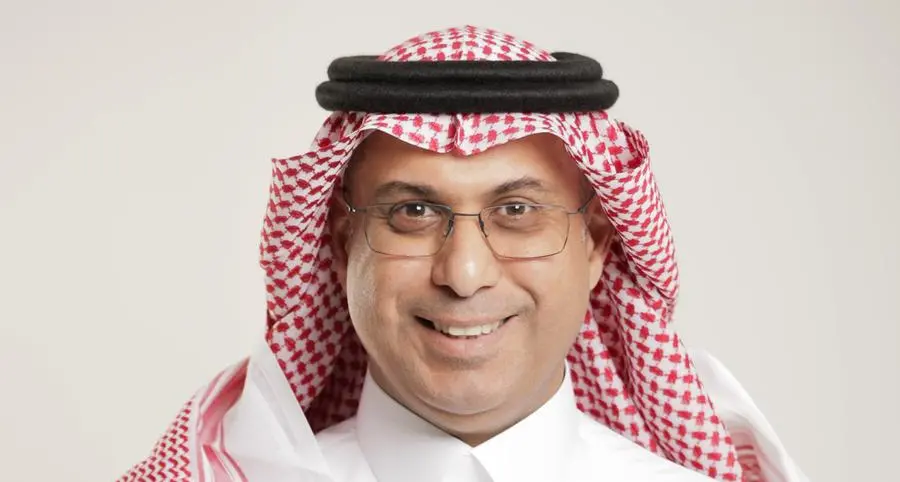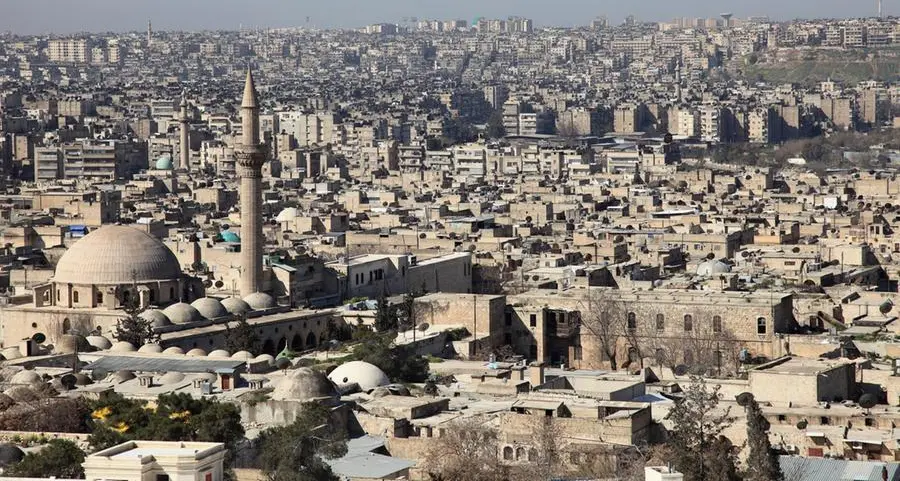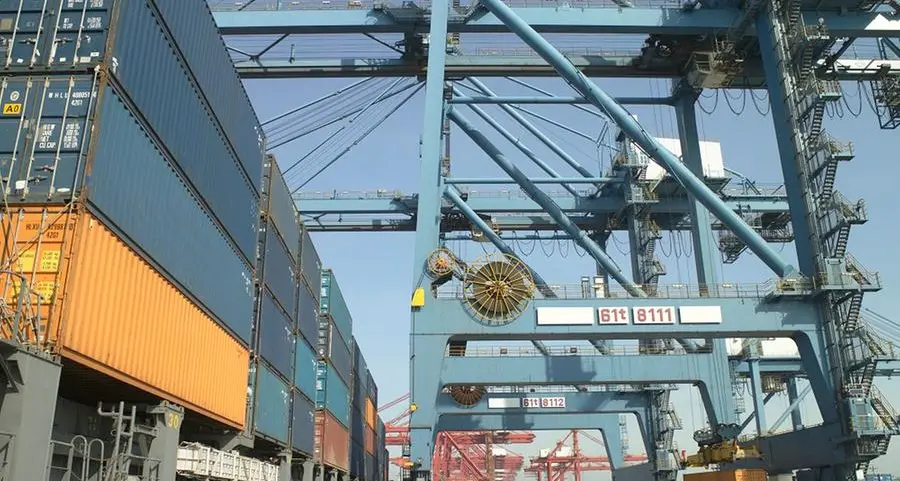The much-anticipated changes in the format of buy-backs may be finalised in two months.
Although the NIOC is providing few indications of their scope, something can be gleaned from the remarks of officials. According to NIOC managing director Gholam-Hossein Nozari on 31 May, two aspects of the changes are: (1) holding tenders for projects after the MDP has been prepared by Iranian consultants; and (2) introducing a post-production operation period (within a production management contract) for foreign contractors.
The amendment the buy-back formula was one of the initiatives during the second tenure of former petroleum minister Bijan Namdar Zanganeh. There were also indications in April 2006 that plans are under consideration to introduce a contractual framework that would lean towards Production Sharing Agreements (PSAs). Under the proposed scheme, investors in oil projects would be allocated 25 per cent from the production of the field. It was evident, however, that Iran could not afford to allocate the proposed share from production under the PSA scheme because the investor benefits would have been politically inappropriate, particularly considering high crude prices.
This may be why Petroleum Minister Kazem Vaziri-Hamaneh in April rejected rumours that Iran was considering the adoption of PSAs, stressing that the NIOC will still stick to the buy-back scheme.
In related news, Iran Strategic Focus has learned that Deputy Petroleum Minister for International Affairs Hadi Nejad-Hosseinian is in charge of a team formed to study amendments to the buybacks.
His many trips to deal with the most recent complications in the Iran-Pakistan-India pipeline plans are among the reasons for delays in progress on the new contract formula.
Nejad-Hosseinian told reporters last March that the amendments include extending the operation period of investors, for example to 30 years. This would allow contractors to work longer on projects and play an active role in the production phase. Contractors would therefore be able to evaluate their operation policy and improve their performance in future projects.
Contractually, once a project hits the production phase, the NIOC would use the contractors for production management.
The current issue of Iran strategic focus also includes the following
Commentary
New dynamics in the Iran-US relationship
Month in review
Foreign relations: US offer to engage in talks to Tehran
Domestic policy: A week of unrest
Economic issues: The Renault deal
Key risks and signs
Special feature
Interview with Dr. Sohrab Shahabi, deputy secretary general of the Economic Cooperation Organization
ECO determined to boost regional prosperity
Table 1: GDP per capita of ECO member states
Table 2: GDP per capita growth rate of ECO member states
Oil & Gas
Contract format changes soon
Energy plans in 20-year perspective
Iran balks at UAE gas exports
Court acquits Oriental Kish of bribery
Southern fields transferred to NISOC
Iran sticks with US dollar for oil sales
NIGEC head denies resignation reports plans
Upstream project update: HEC approves E&D for Khorramabad, Garmsar; Iran gives INPEX ultimatum over Azadegan; bids for Maraveh-Tappeh, Raz rejected; South Pars update;
Pipelines and refineries; Iran, Pakistan and India in talks.
Economy and Finance:
Iran worst place to invest until 2010;
Trade: consumer goods tariff increases;
Banking : new restrictions for new private banks;
Telecoms: TCI performance in last Iranian year;
Automotive sector: L-90 contract finalized
Iran diary
Contact info@menas.co.uk for further details and free sample
Menas Associates 2006

